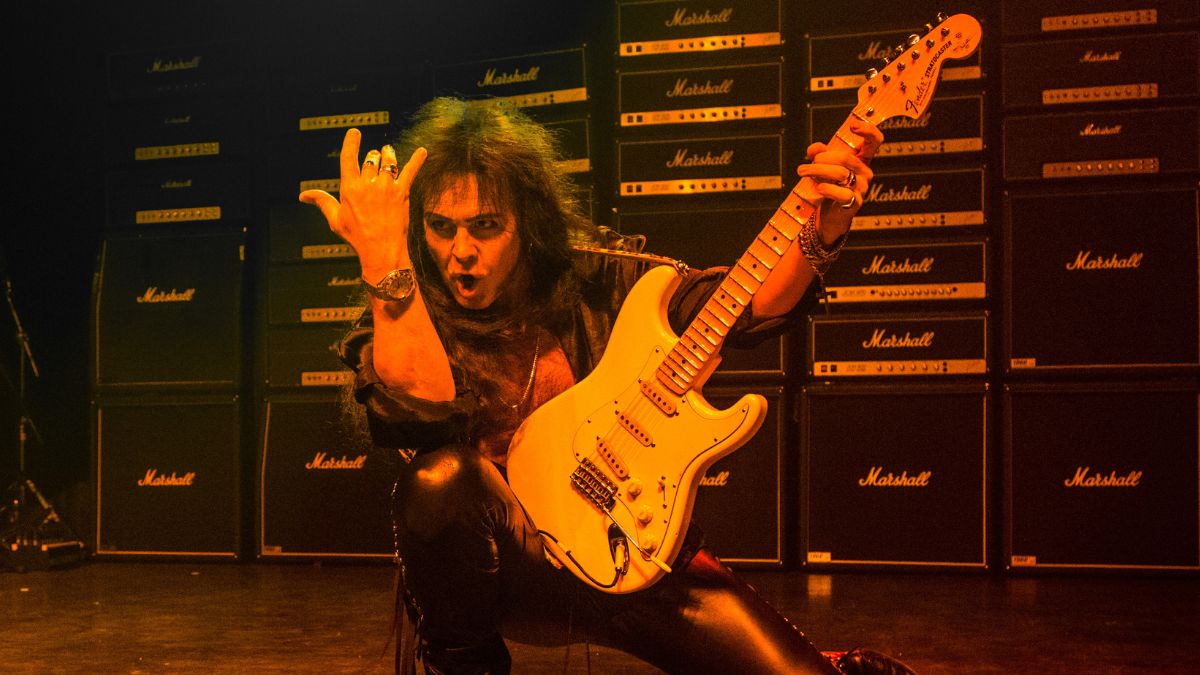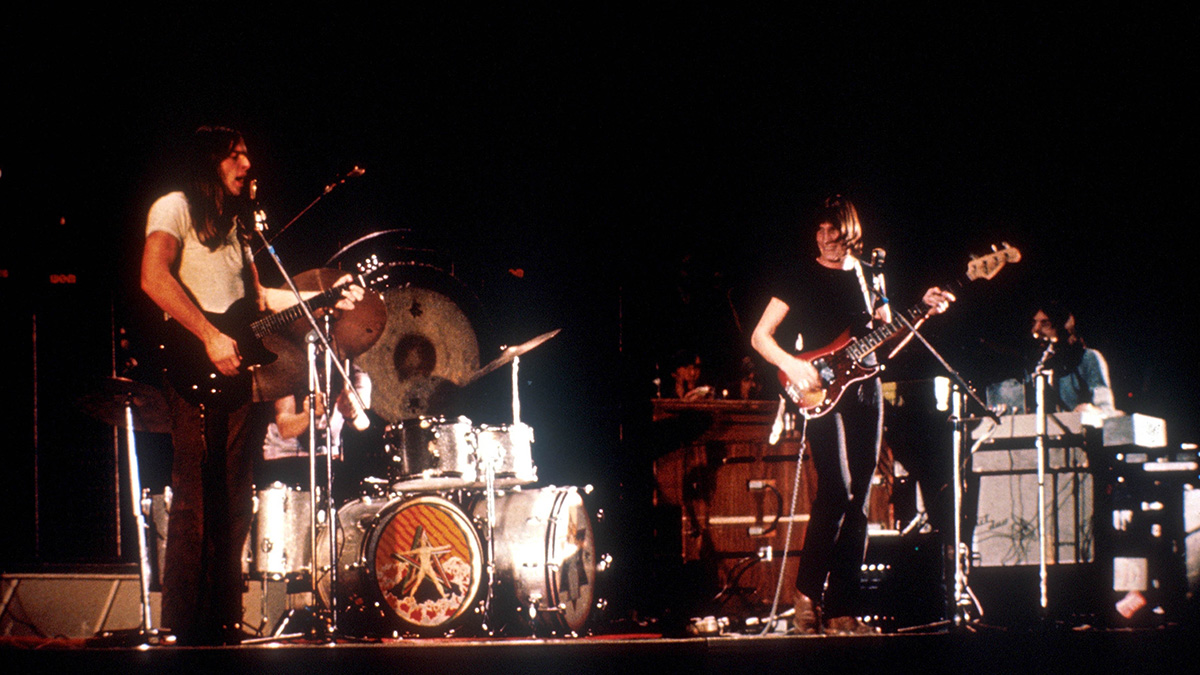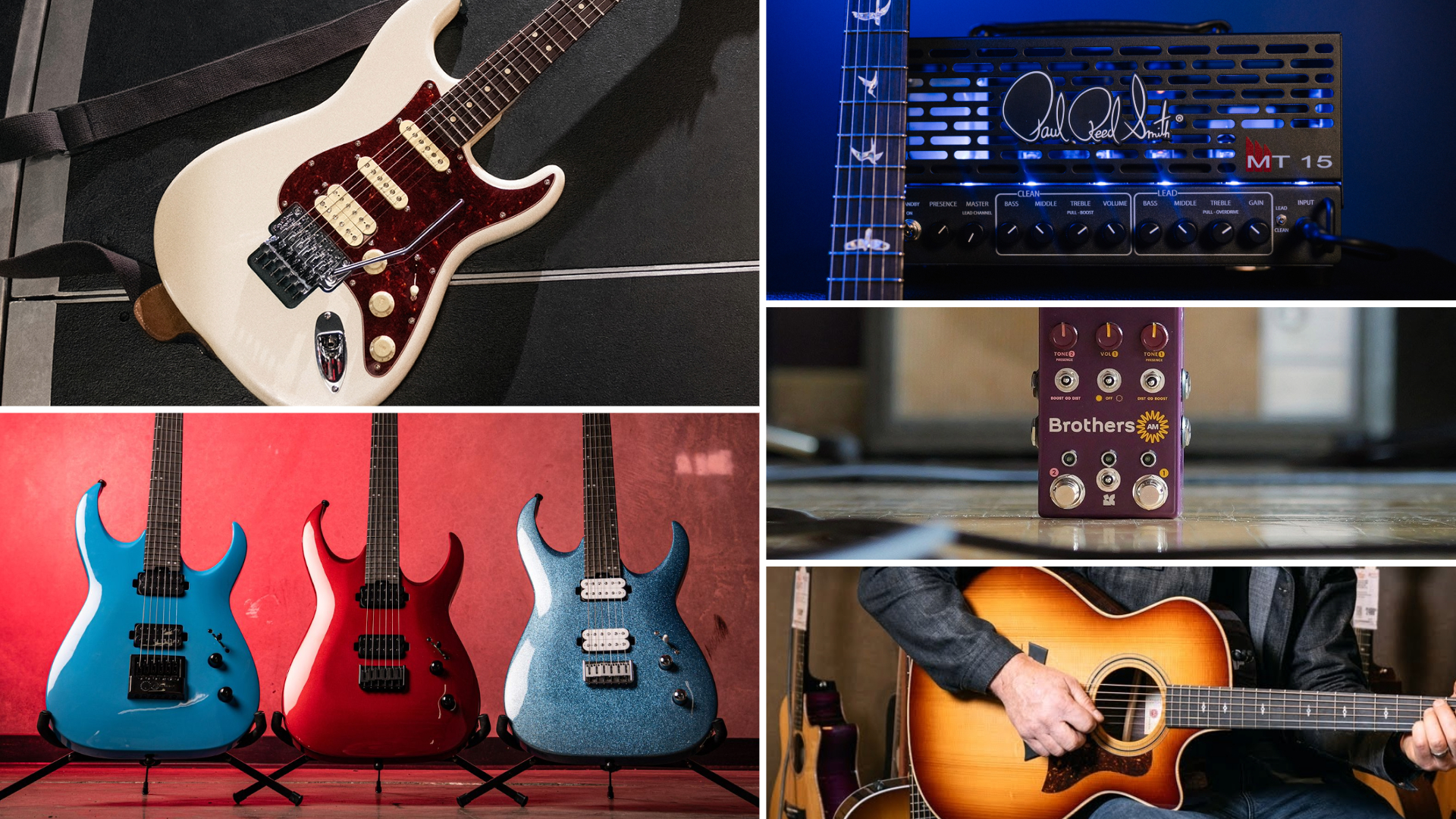'The Contortionist's Cameron Maynard and Robby Baca Get Back to Basics on 'Clairvoyant'

The future is uncertain for many, but progressive metal vets the Contortionist knew exactly how best to move forward with their fourth full-length, the suitably titled Clairvoyant.
As outlined on the first single, “Reimagined,” for instance, vocalist Mike Lessard croons powerfully about establishing “a different kind of speech.” For guitarists Robby Baca and Cameron Maynard, that meant dialing down the tech-heavy djent theatrics that marked earlier material in favor of more textural playing, as well as experimenting with different tunings.
Considering the band had long been accustomed to the elastic snap of alternate drop-tunings, Clairvoyant’s unorthodox pitch-shift is actually a return to the regular.
“I think we have, over the years, developed a slight dissatisfaction with down-tuning a seven-string,” says Baca. “I like the way a standard-tuned guitar feels with a standard set of strings on it. It just felt better than a down-tuned seven-string with some floppy strings.”
Mostly pieced together while the sextet was living together in a remote cabin deep within a Belgrade, Maine, forest-scape, the writing sessions began with the act revisiting riffs leftover from the recording of 2014’s Language. But with new bassist Jordan Eberhardt on-board to record with the band for the first time, and fleet-fingered synth-player Eric Guenther becoming more involved in the songwriting process, the Contortionist abandoned the scraps to focus on their future.
To be certain, the crew can still deliver a menacing metal attack, as with the jackhammer-chugging and 5/4 crush groove of the album’s title track, but much of Baca and Maynard’s atmospherics are deceptively complex. On “The Center,” the pair lock into lusciously prismatic, polyrhythmic arpeggios, while Maynard’s lead work during the finale of “Absolve” involves a series of tastefully spacious, soaring bends.
“I think we’ve scaled back on the technique,” Baca explains, adding that the Contortionist even looked to the pop world while structuring some of Clairvoyant’s hooky choruses. “Obviously there are still technical moments, but we wanted to be technical with some grace.”
Get The Pick Newsletter
All the latest guitar news, interviews, lessons, reviews, deals and more, direct to your inbox!
AXOLOGY
● GUITARS (Baca) Ibanez RG, RGD, S with Seymour Duncan Pegasus and Sentient pickups; (Maynard) Ibanez RG and S six-and seven-string guitars with Seymour Duncan JB bridge pickups and ’59 neck pickups
● AMPS (Baca) Mesa/Boogie Dual Rectifier; (Maynard) Mesa/Boogie two-channel Dual Rectifier with matching cabinets
● EFFECTS (Baca) Seymour Duncan Vice Grip compressor, Mesa/Boogie Grid Slammer, TC Electronic Sub n Up Octave, Hall of Fame reverb, Strymon Timeline, Line 6 Helix; (Maynard) RJM audio buffers, Barber Tone Press Parallel Compressor, Maxon PAC9 Pure Analog Chorus, MXR Univibe, Emma Electronic Okto Nøjs Octave Fuzz, Keeley-modded Ibanez Tube Screamers, ISP Decimator Noise Reduction, Moog MF Analog Delay, TC Electronic G-Major 2
Gregory Adams is a Vancouver-based arts reporter. From metal legends to emerging pop icons to the best of the basement circuit, he’s interviewed musicians across countless genres for nearly two decades, most recently with Guitar World, Bass Player, Revolver, and more – as well as through his independent newsletter, Gut Feeling. This all still blows his mind. He’s a guitar player, generally bouncing hardcore riffs off his ’52 Tele reissue and a dinged-up SG.
“I heard the Money solo and thought, ‘This is amazing!’ So I sent David a telegram saying, ‘Remember me? I'm in a band now called Roxy Music’”: Phil Manzanera on his friendship with David Gilmour, and the key to the Pink Floyd man's unmistakable tone
“It’s really quite genius, but also hard to learn – it sounds insane, but sometimes the easiest songs still get me nervous”: Kiki Wong reveals the Smashing Pumpkins song she had the most trouble with










